Physical science
1/100
There's no tags or description
Looks like no tags are added yet.
Name | Mastery | Learn | Test | Matching | Spaced |
|---|
No study sessions yet.
101 Terms
Earth Science
The study of Earth's physical environment and processes
Geology
The study of Earth's solid materials and the processes that shape them
Meteorology
The study of the atmosphere weather and climate
Oceanography
The study of the ocean and its physical and biological properties
Astronomy
The study of celestial bodies and the universe beyond Earth
Biosphere
The sphere containing all living things on Earth
Hydrosphere
The sphere containing all of Earth's water in any form
Atmosphere
The gaseous layer surrounding Earth that supports life and weather
Geosphere
The solid part of Earth including the crust mantle and core
Earth System Science
The study of interactions among Earth's spheres
Metric System
A decimal-based measurement system used worldwide
Meter
The base unit of length in the metric system
Liter
The base unit of volume in the metric system
Gram
The base unit of mass in the metric system
Kilo
A prefix meaning one thousand times the base unit
Centi
A prefix meaning one hundredth of the base unit
Milli
A prefix meaning one thousandth of the base unit
Conversion Factor
A number used to change from one unit to another
Celsius
The temperature scale used by scientists and most countries
Fahrenheit
The temperature scale commonly used in the United States
Temperature Conversion
The process of converting between Celsius and Fahrenheit
Scientific Method
A logical process for testing hypotheses through experimentation
Hypothesis
A proposed explanation for an observation or question
Theory
A well-tested explanation supported by consistent evidence
Experiment
A procedure carried out to test a hypothesis
Data
Information collected through observation or measurement
Analysis
The process of examining data to draw conclusions
Variable
A factor that can change in an experiment
Independent Variable
The variable that is changed or controlled by the experimenter
Dependent Variable
The variable that responds to changes in the independent variable
Constant
A factor that stays the same throughout an experiment
Graph
A visual representation of data showing the relationship between variables
X-Axis
The horizontal axis representing the independent variable
Y-Axis
The vertical axis representing the dependent variable
Mineral
A naturally occurring inorganic solid with a definite chemical composition and structure
Crystal Structure
The orderly geometric arrangement of atoms in a mineral
Luster
The way light reflects from a mineral’s surface
Metallic Luster
A shiny light-reflecting surface like metal
Nonmetallic Luster
A dull or glassy light-reflecting surface
Hardness
A mineral’s resistance to scratching measured by the Mohs scale
Mohs Scale
A scale from 1 to 10 used to measure mineral hardness
Streak
The color of a mineral’s powdered form on a porcelain plate
Color
The visible hue of a mineral often caused by impurities
Cleavage
The tendency of a mineral to break along flat planes
Fracture
The irregular breakage of a mineral
Specific Gravity
The ratio of a mineral’s density compared to water
Magnetic Property
The ability of some minerals to attract iron
Reaction with Acid
The bubbling or fizzing when a mineral reacts with hydrochloric acid
Tenacity
The mineral’s ability to resist breaking or bending
Density
The mass of a substance divided by its volume
Rock
A naturally occurring solid made of one or more minerals
Rock Cycle
The process that forms and transforms rocks among three main types
Igneous Rock
Rock formed from the cooling and solidification of magma or lava
Sedimentary Rock
Rock formed from compacted and cemented sediment particles
Metamorphic Rock
Rock formed by heat pressure or chemical processes altering existing rock
Texture
The size and arrangement of crystals or grains in a rock
Composition
The minerals or materials that make up a rock
Coarse-Grained
Igneous texture with large visible crystals from slow cooling
Fine-Grained
Igneous texture with small crystals from rapid cooling
Porphyritic
Igneous texture with two different crystal sizes
Glassy
Igneous texture with no crystals due to very rapid cooling
Light-Colored Igneous Rock
Felsic rocks with high silica content and low iron or magnesium
Dark-Colored Igneous Rock
Mafic rocks rich in iron and magnesium
Detrital Sedimentary Rock
Rock formed from fragments of other rocks through weathering
Chemical Sedimentary Rock
Rock formed when minerals precipitate from a solution
Biochemical Sedimentary Rock
Rock formed from remains of living organisms
Fossil
The preserved remains or traces of ancient life found in sedimentary rocks
Grain Shape
The roundness or angularity of sediment particles
Rounded Grain
A sediment grain that has traveled far and been smoothed
Angular Grain
A sediment grain that has traveled little and retains sharp edges
Foliated Rock
Metamorphic rock with layered or banded appearance
Nonfoliated Rock
Metamorphic rock without distinct layers
Parent Rock
The original rock that was altered to form a metamorphic rock
Low-Grade Metamorphism
Slight changes to rock texture and minerals under low heat and pressure
High-Grade Metamorphism
Intense alteration forming coarse minerals under high heat and pressure
Slate
A fine-grained foliated metamorphic rock formed from shale
Gneiss
A coarse-grained foliated metamorphic rock with light and dark bands
Marble
A nonfoliated metamorphic rock formed from limestone
Quartzite
A hard nonfoliated metamorphic rock formed from sandstone
River Slope
The angle of the river channel
River Volume
The total quantity of water flowing in a river
Discharge
The volume of water that passes a specific point per unit time
Velocity
The speed at which water travels through a river channel
Slope vs Velocity
An experiment that studies how river angle affects flow speed
Volume vs Velocity
An experiment that studies how water volume affects flow speed
Constant Variable
A controlled factor kept the same in an experiment
Graph Title
The description showing Independent Variable vs Dependent Variable
Celsius → Fahrenheit
1.8*(°C) + 32
Fahrenheit → Celsius
(°F - 32) / 1.8
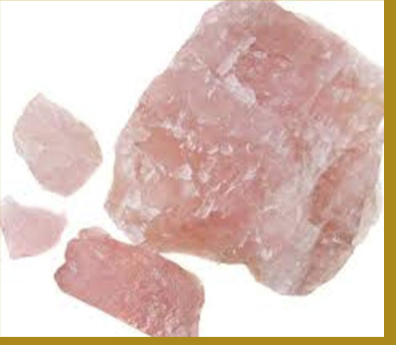
Hardness 7, no cleavage, glassy
Quartz
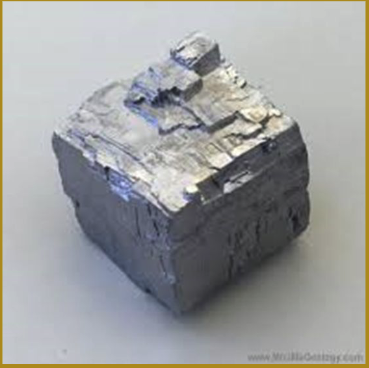
Greasy, metallic, marks paper |
Graphite
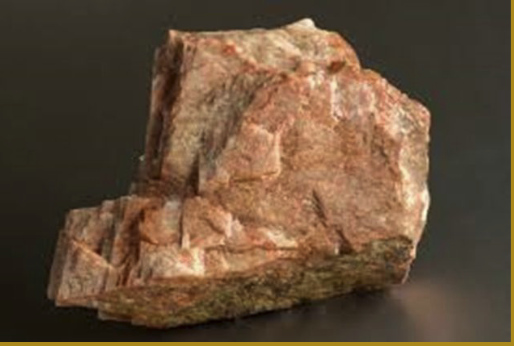
Hardness 6, cleavage 2 directions
Feldspar
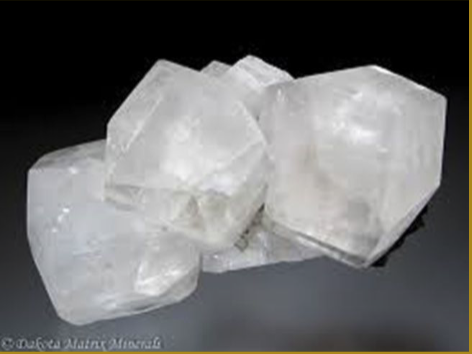
Reacts with acid, hardness 3 |
Calcite
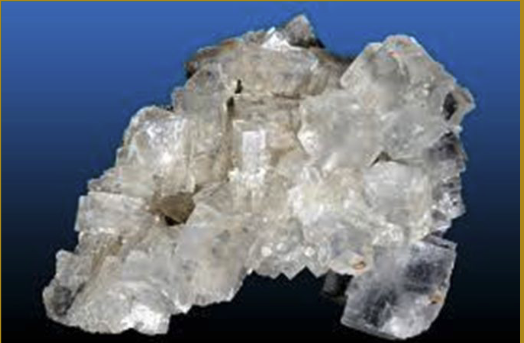
Salty taste, cubic cleavage |
Halite
intermediate/andesitic color
mixture of dark and light minerals (containing plagioclase feldspar)
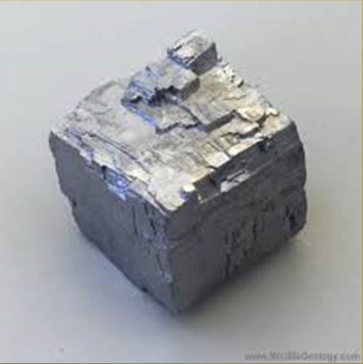
Metallic, cubic cleavage, heavy
Galena
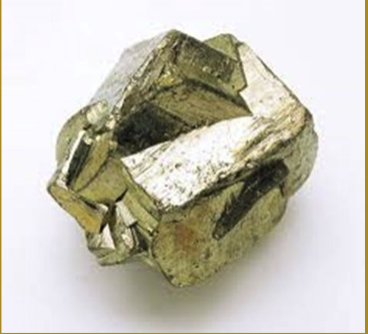
“Fool’s gold,” metallic
Pyrite
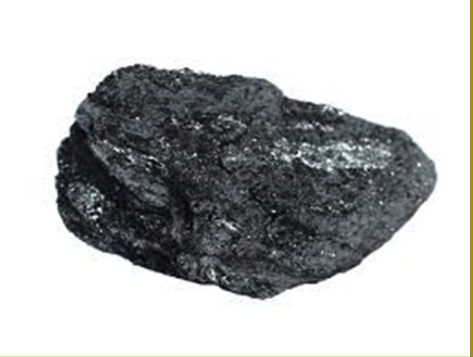
Red-brown streak
Hematite
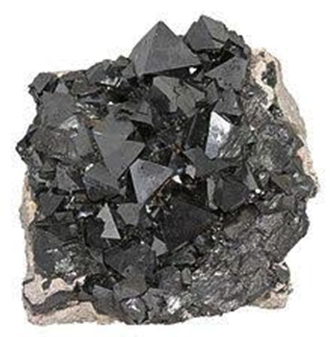
Magnetic
Magnetite
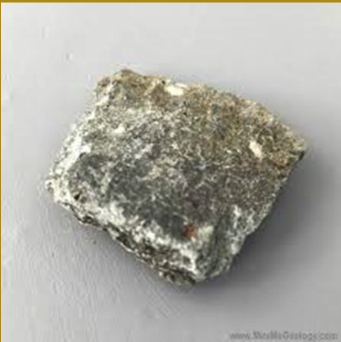
Softest mineral (1), soapy feel (used in powder)
Talc